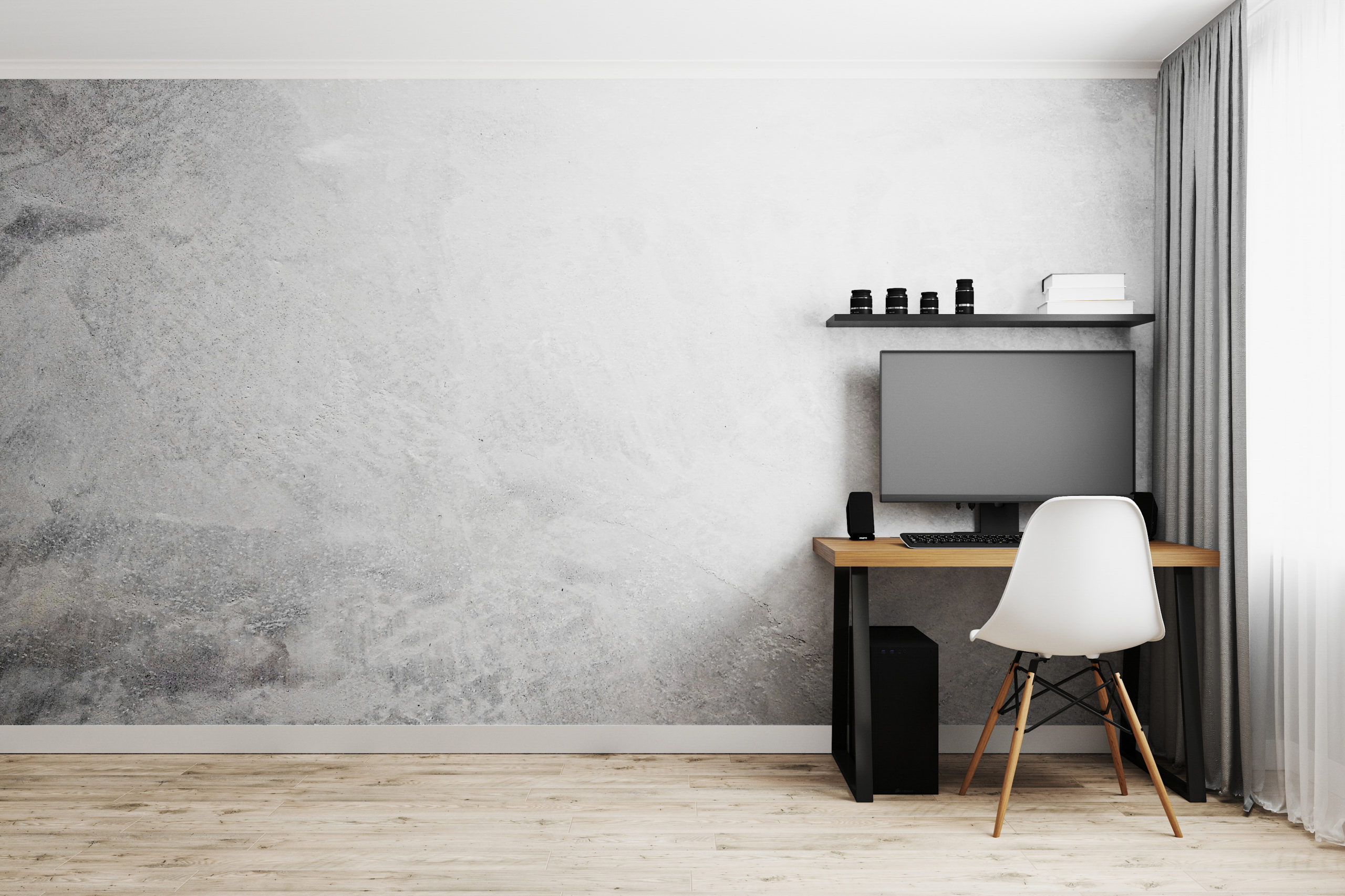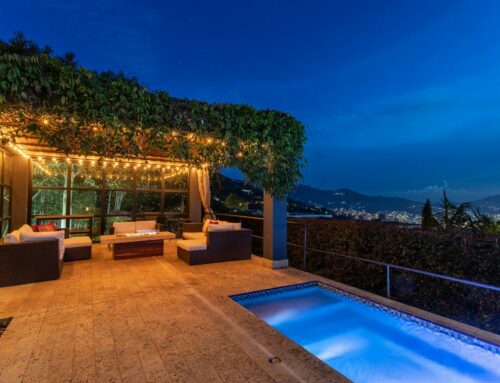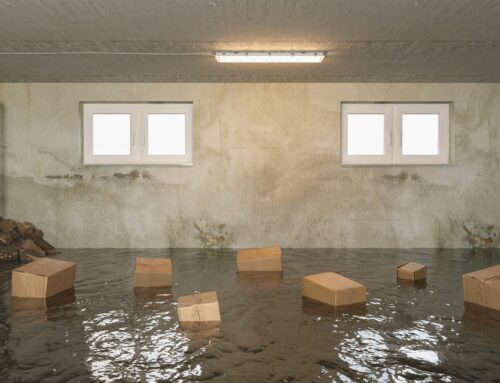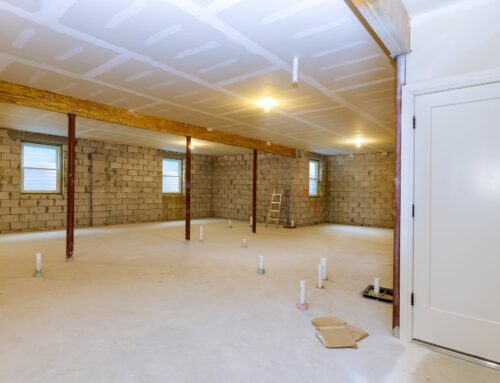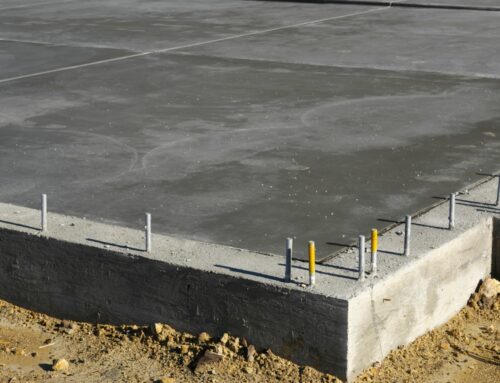Venetian polished plaster has become the product of choice for those who favor a sophisticated interior finish that offers a unique appeal. For homes of distinction, and commercial and retail premises that are high-end, this is the ornate plastering style that stands out.
Artisan Venetian plaster displays a genuinely luxurious effect that shimmers naturally thanks to its crushed marble content that traces its origins back to ancient Roman times. This handcrafted technique calls for the highest standards of technical knowledge, imagination, and materials expertise to achieve the outstanding results that the finish has become so renowned worldwide.
The best Venetian plaster finishes demand the steadiest hand, the most boundless imagination, and the most profound creativity, especially when incorporating decorative finishes such as stenciling and banding.
Here are the five differences between real and faux Venetian plaster:
1. Lime vs. Acrylic
Faux Venetian plaster is made with acrylic or urethane and lime powder. The lime powder is mixed with acrylic or urethane to give the plaster its initial strength. This powder acts much like the cement in a concrete trowel.
Faux plasters are made to be applied to gypsum-based sheathing (drywall) only, while real Venetian plaster is not recommended for use on drywall. Real Venetian plaster is made of lime putty, sand, calcined gypsum, marble dust, and water.
This type of plaster is used to cover bricks, wood, and mortar in historical restoration. It is considered a durable plaster that wears well over time and will last centuries if maintained.
2. The Costs
Faux Venetian plaster costs a little over $20.00 per bag. The cost of real Venetian plaster varies based on the desired look.
The plaster is cheaper than the amount the job will cost to get done professionally. Expect to pay a minimum of $5 per square foot to have real Venetian plaster applied to a room.
Real Venetian plaster will last 50+ years. In contrast, Faux Venetian plaster can last five years.
3. The Technique Used to Apply the Plaster
To apply faux Venetian plaster, one must cut each piece of drywall to fit the wall. Then a coat of black crackling medium is painted on the walls to create cracks. The plaster is mixed and poured into wall panels and allowed to dry. The plaster is then applied directly to the drywall.
Real Venetian plaster is applied directly to the wall instead of being cut. The plasterer applies just enough plaster to fill the wall cavity.
After the plaster hardens, the plasterer sands with a floor sander. Then another coat of plaster is applied. The plaster is allowed to set and then sanded again. This process is repeated several times until the desired look is obtained.
4. The Strength of the Plaster
Faux Venetian plaster is applied to drywall and then painted to create the look of bricks. Unfortuantely, the strength of plaster isn’t strong enough to hold the weight of the bricks. This makes it more likely for the walls to crack and fall.
Real Venetian plaster is applied directly to the wall. By its very nature, real Venetian plaster is strong enough to hold the bricks.
5. The Appearance of the Plaster
Faux Venetian plaster has a modern look to it. It isn’t smooth and has a textured look to it. It’s hard to create the look of the marble with it.
Real Venetian plaster has a more authentic look to it. It is smoother and has a softer look and feel to it. It’s easier to create the look of the marble with it. Its surfaces isn’t all flat.
Conclusion
Venetian plaster is an ancient product that has been used for years to create various decorative effects for centuries This elegant finish provides a textural, visual, and dimensional richness that makes an ideal choice for discerning clients. Since genuine and faux Venetian Plaster has its differences, it’s vital to use only one or the other to be mindful of yoru project and budget.
One Stop Plastering provides expert Venetian plastering. We can handle projects of any size and scope. Let us assist you in updating your property to suit current trends with Venetian plastering.

